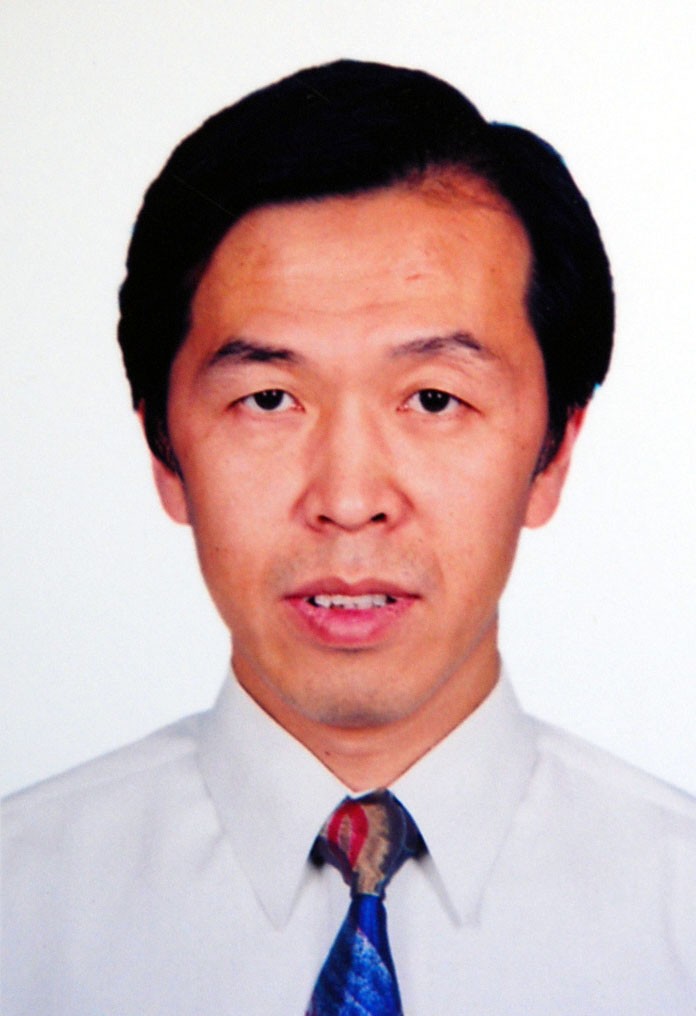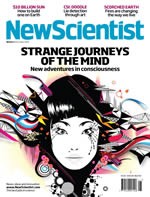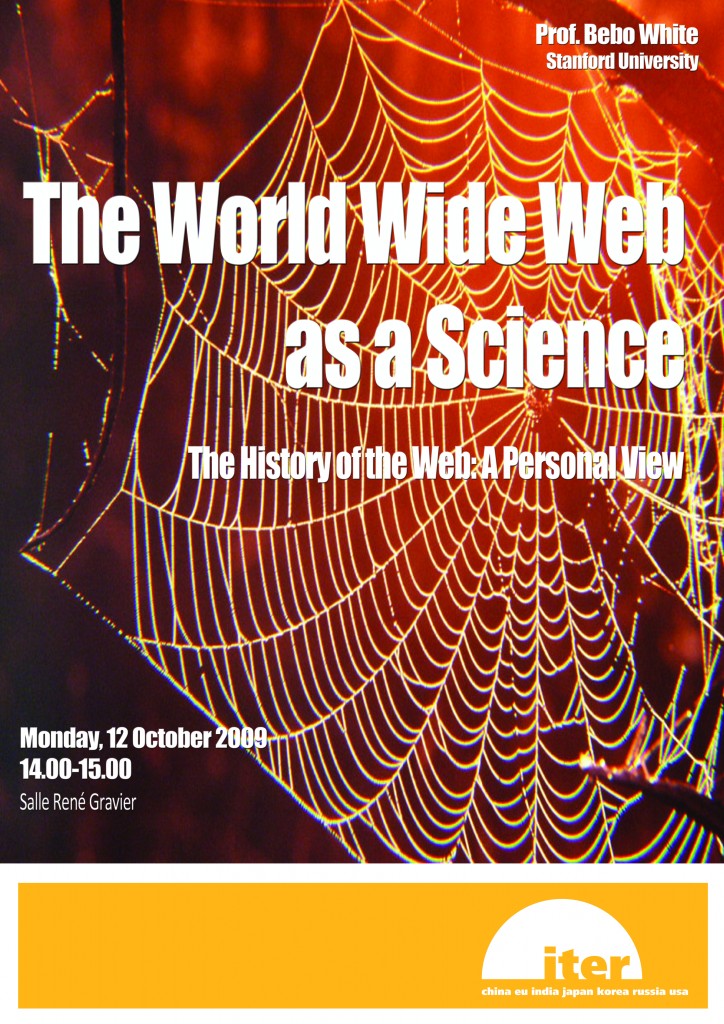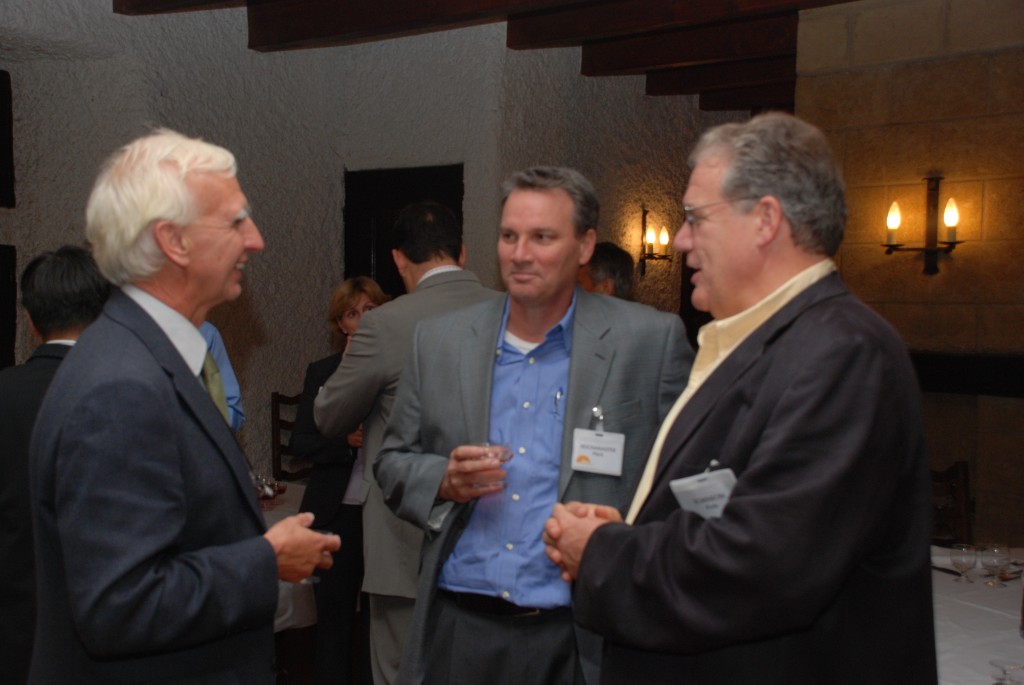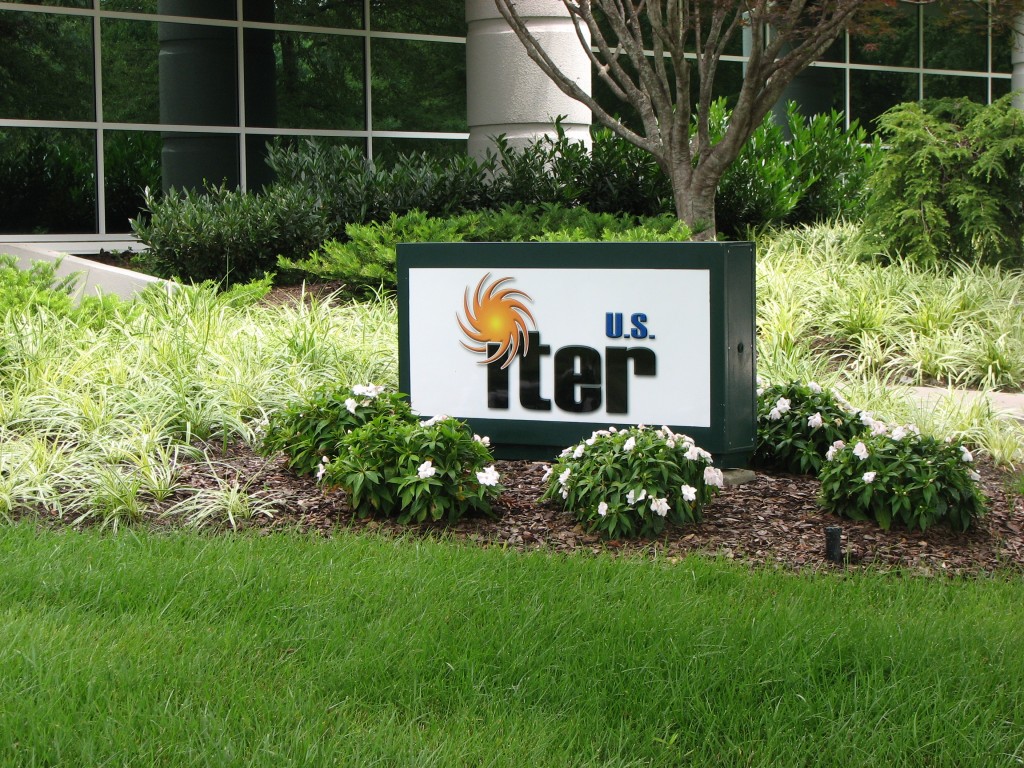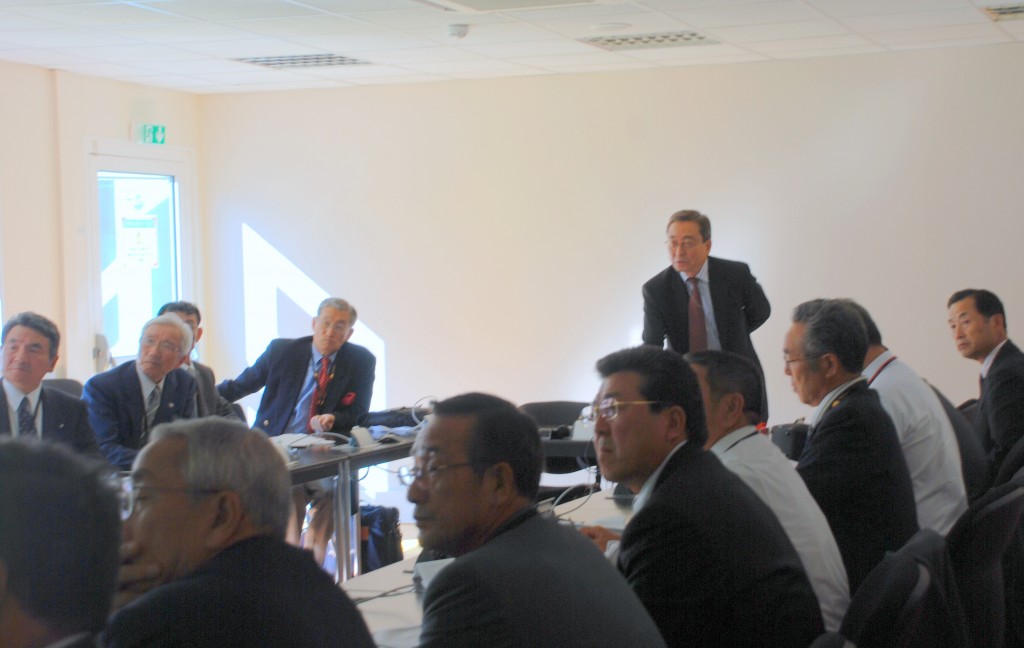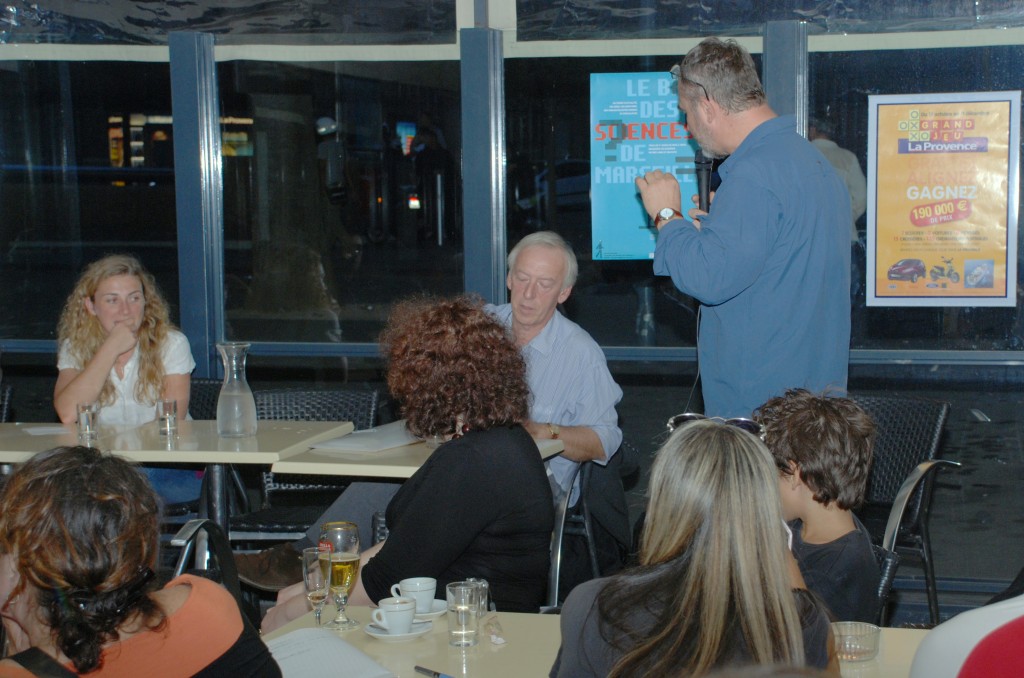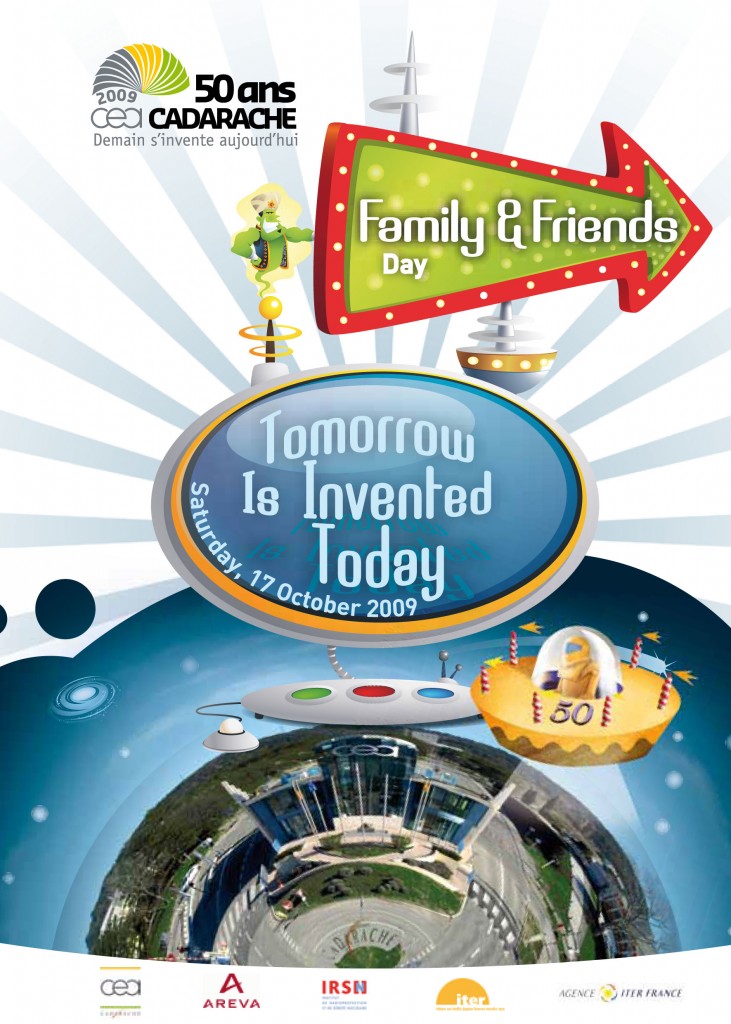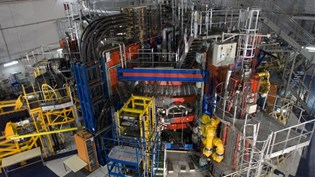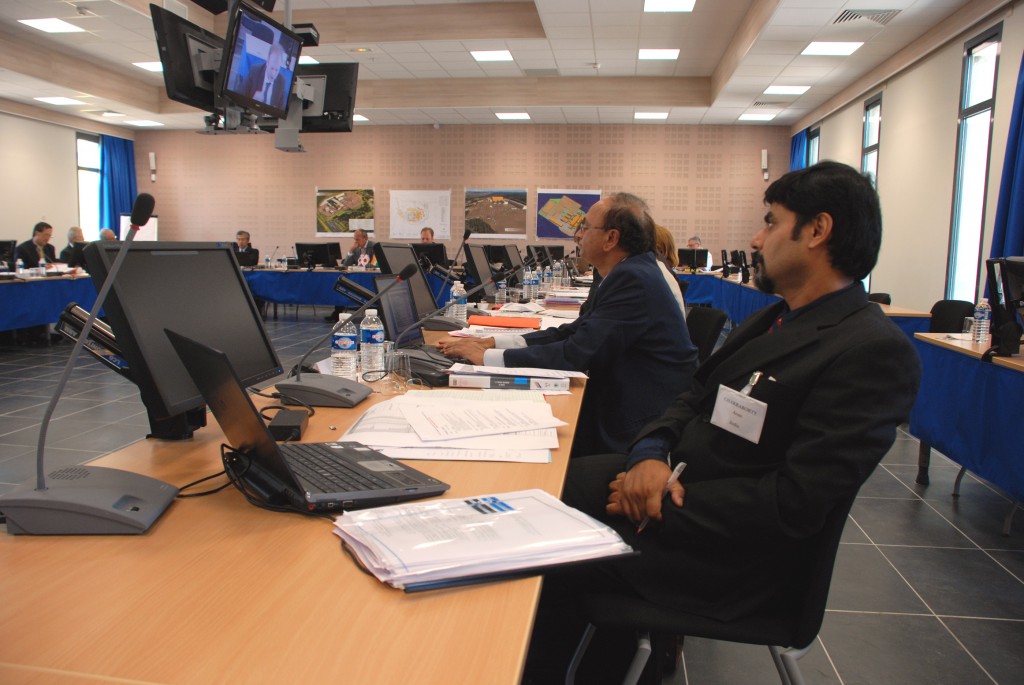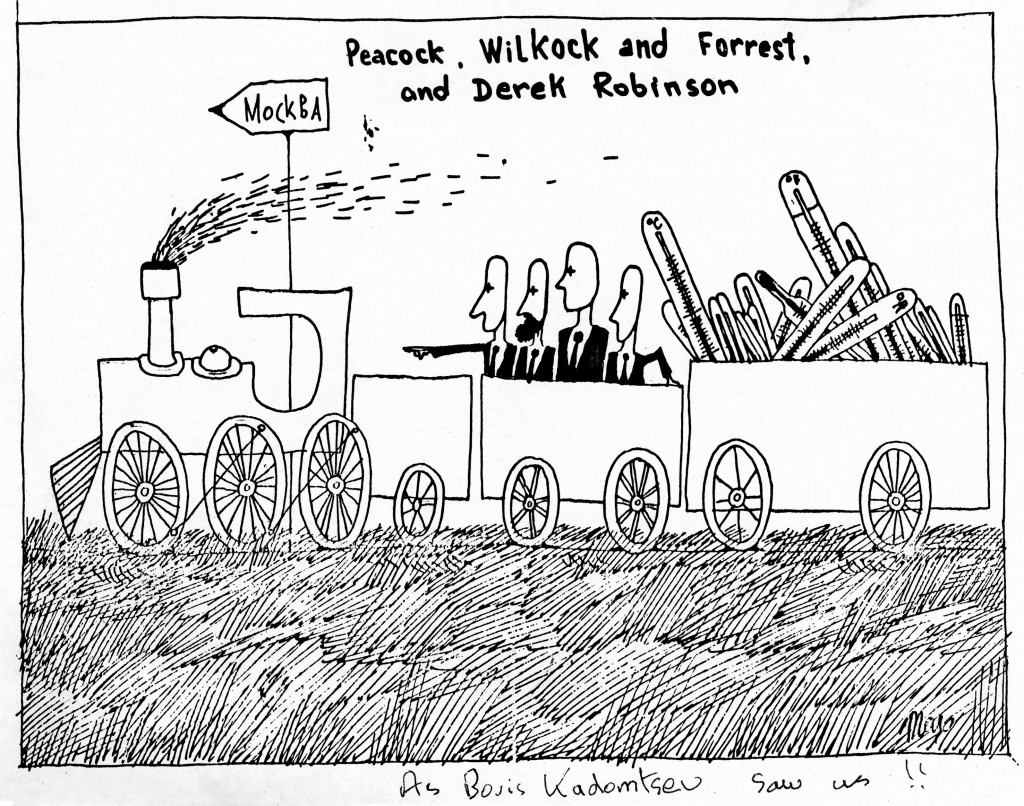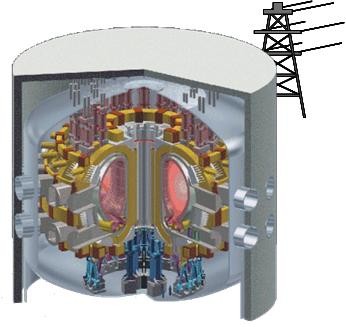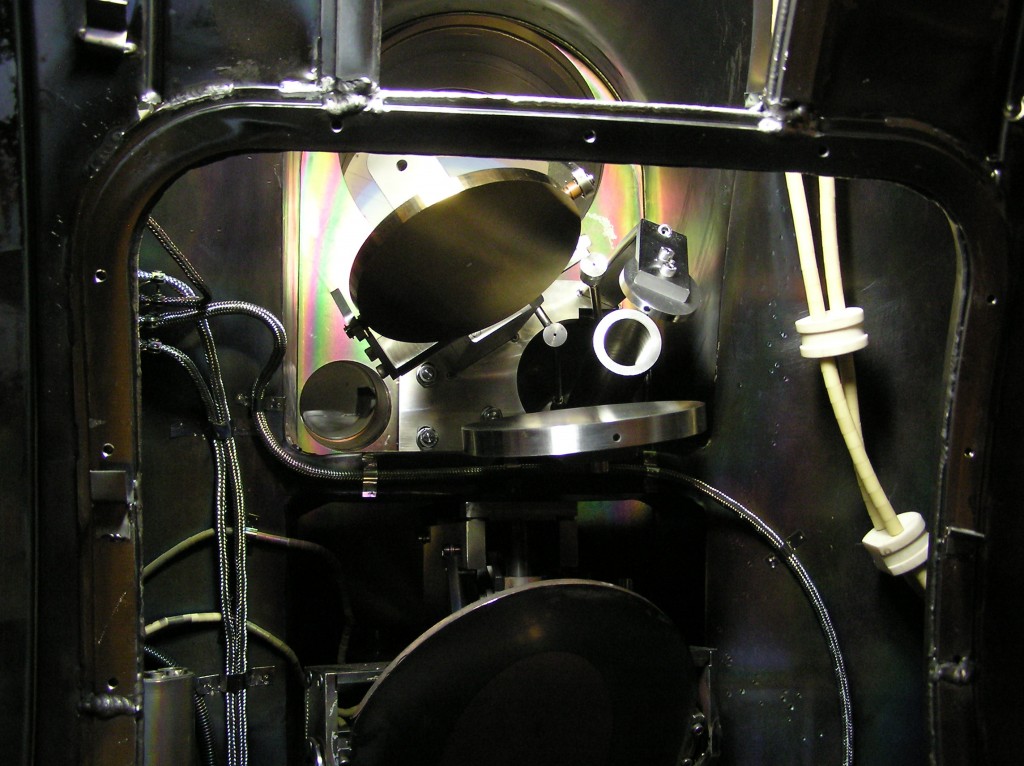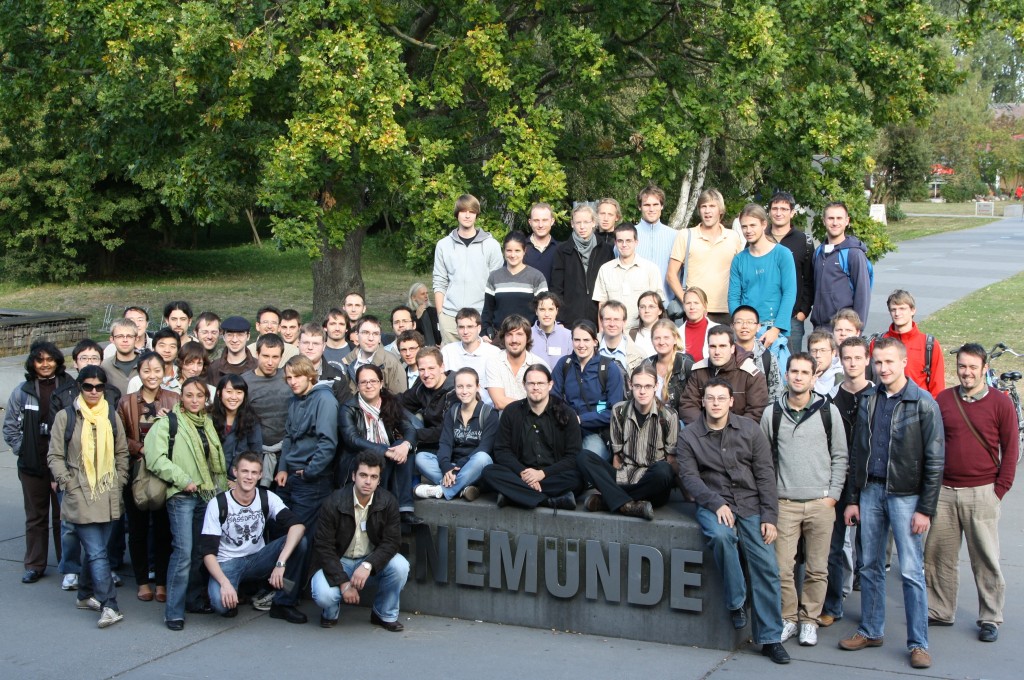Want to find the most up-to-date version of the Mission Reimbursement Form or of the ITER Staff Regulations? Wondering what time the CEA Post Office opens? Looking for someone to carpool with?
This kind of information to make your daily life at ITER easier will soon be found on Buzz, the new ITER internal webpage for ITER employees with news and info about what is going on in the organization.
On Wednesday 14 October the Technical Web will launch a new look and feel, and as part of the changes a new internal webpage, Buzz, will come on line.
From Wednesday on, when an ITER employee or contractor (anyone with an @iter.org email address) logs on to the TechWeb, the Buzz page will automatically open. From the Buzz page, you will have access to the rest of the TechWeb and to IDM.
Buzz will provide you with news, info, features and applications to facilitate your life at work. You will find information, links and forms related to your employment at ITER and practical information to help you find your way around the organization. Buzz will be reporting on the latest on-site news and also on events happening locally.
Buzz will include a feature to help keep the use of All-ITER email messages to a minimum. All employees will be able to post a message in the All-ITER Buzz section that will be visible to the entire organization. Messages about leftover food, lost keys etc. can be posted in this section.
There is also a brand-new feature to help set up carpooling, for those who wish to share their daily ride to the office with an ITER colleague.
In the Market Place section, you will be able to post ads to buy, sell, rent or give away objects.
Come and check out what Buzz is all about next Wednesday! We will be giving away ITER mugs for the occasion, but the stock is limited and it's on a "first come-first serve" basis. Mugs will be distributed out of Iris Rona's office (HQ 210).
Buzz will continue to evolve as we add new features and services regularly.
We hope you'll keep coming back!
"Fusion: a gamble worth taking" is the title of an editorial in this week's issue of the New Scientist magazine which takes a close look at the prospects of fusion power and the ITER Project. Also watch out for next week's issue in which a giant, double-sided poster will be included detailing the ITER experiment and the quest to achieve fusion.
Click here to read more...
Want to learn more about the history and the development of the World Wide Web from an insider's point of view? Then don't miss Professor Bebo White's seminar on "The World Wide Web as a Science" this Monday, 12 October from 14.00 to 15.00 in the Salle René Gravier.
Bebo White spent his early career as a Computational Physicist at the Stanford Linear Accelerator (SLAC) in California, before travelling to CERN in 1988 to help develop what would eventually become the World Wide Web. He later established the very first website in the western hemisphere, and the fifth in the world. Currently, Bebo is member of various web advisory committees (IW3C2, SIGWEB, etc), and is a frequent author of books and journal articles on a wide range of technical disciplines. Today, he holds faculty positions at Stanford University, University of Hong Kong, and the University of San Francisco.
The Briscoe Panel is back on site this week. This group of expert cost assessors, including at least one representative from each ITER Member, is meeting for its second review of ITER construction resource estimates.
Commissioned by the ITER Council in June 2008, the Panel's first report in October 2008 made recommendations for potential savings and improved cost awareness at ITER, and resulted in a major restructuration of project management systems.
In response to these recommendations, a new office was created at ITER to improve technical and engineering coordination—the Office for Central Integration & Engineering. The Project Office was reorganized to focus exclusively on project management, with increased staff for scheduling and estimating. Tools for estimating and for risk assessment have been brought on line to improve project management and cost control.
The ITER Organization and the Domestic Agencies have worked collaboratively over the year to identify cost-saving measures, through monthly IO-DA coordination meetings and—for the most technically-challenging components—through newly-created Integrated Product Teams (IPTs). These measures were implemented to help promote common work approaches.
At an interim meeting this past April on site, the Briscoe Panel endorsed the methods and processes developed by ITER management in response to the October 2008 recommendations (see Newsline 80).This week, the Panel will be assessing the results.
The Panel's conclusions will be presented to the ITER Management Advisory Committee (MAC) at the end of the month.
The US ITER Project Office at Oak Ridge National Laboratory has awarded two contracts totaling EUR 23 million for 8,270 km of niobium tin strand and 4,795 km of copper strand for ITER's toroidal field conductor.
Companies receiving the awards are Luvata Waterbury Inc. of Waterbury, Connecticut, and Oxford Superconducting Technology of Carteret, New Jersey. Luvata will produce 6,430 km of niobium tin strand and 4,795 km of copper strand, and Oxford will produce 1,840 km of niobium tin strand. Delivery of the strand is scheduled for 2011.
On 9 October, the Rokkasho Mura village assembly came to visit ITER. This delegation was composed by members of the village including the Chairman of Rokkasho assembly, Takeo Mikado.
JAEA Director-General at Aomori Research and Development Center, Tsuyoshi Suzuki, and the Director of the JAEA Paris office Tasuku Hanai also attended.
A bar on the Square de Stalingrad is an unusual setting for a public discussion about ITER and fusion energy, but on 8 October people crowded in to take part in a Bar des Sciences devoted to these topics.
Bar des Sciences hold meetings twice a month in Marseille on subjects as diverse as evolution, diet, economy as a science and oceanography: anyone can comment, ask questions or just sit and listen while nursing a beer.
The discussion on ITER was lead by Robert Arnoux, well-known Provencal journalist and co-author of "ITER, le chemin des étoiles."
Some people were enthused about fusion, some were not, but the possibility to debate in such a non-academic setting with such a large cross section of participants was a real pleasure.
|
In 1958, the French Atomic Energy Authority, CEA, was looking for a place "near a river, not too heavily populated, close to a university town and located in a pleasant region where scientists and engineers would be happy to settle with their family."
The 1,500 hectare domain of Cadarache, which the French State had acquired forty years earlier to accommodate a Forest Ranger school and a game reservation, perfectly fitted that description.
On 14 October 1959 the official decision was made: a large "Atomic Centre" would be created at Cadarache to develop research on experimental nuclear reactors. This is the anniversary that CEA Cadarache will be celebrating on Friday 16 and Saturday 17 October.
The ITER staff is invited to participate in the event that will take place on Friday 16 October under a large marquee on the CEA site, close to the Réacteur Jules Horowitz (RJH) work site.
Shuttle buses will bring employees to the event and back again. There will be no buses leaving from the ITER HQ and all employees who work in the ITER HQ Building will have to use the rotogate to go to the bus stop at the Porte de la Verrerie. From that bus stop, buses will be leaving for the event site every seven minutes between 13:29 and 14:10.
At the end of the event, buses will leave at 16.20 from the marquee to bring you back to the Porte de la Verrerie.
On Saturday 17, a Family and Friends Day will be held for all employees working at the CEA. This will be the opportunity for ITER staff and families to visit the CEA site, the ITER site and the ITER Headquarters—the latter from 10:00 to 15:00 only.
ITER employees who want to visit the ITER site can park their car at the ITER site entrance. From there, buses will be leaving for a platform visit every 30 minutes. Please note that these visits will be primarily in French.
All ITER employees should make sure they carry their CEA and ITER badges, and family members should carry valid identity papers.
Akko Maas, ITER Senior Officer for External Coordination, has been reading lots of lists these past months—a tedious task no doubt, but one that is essential to making sure that the construction of ITER will not be slowed by administrative delay due to export control.
The lists, which vary from one country to another, concern items that come under export control regulations. Akko has been checking the various parts, pieces and equipment that will be integrated in the ITER installation against these lists to identify which ones are subject to export control.
"As stated in the ITER Agreement, every Member will be following its own export regulations," says Akko. "We don't want to face a situation where an item is blocked by customs on its way to the ITER site. We can't afford the long delay that could ensue."
Making sure that this does not happen is one of the tasks entrusted to the ITER Council Working Group on Export Control, Peaceful Uses and Non-Proliferation (ECWG).
The ECWG brings together some twenty representatives of governments, Domestic Agencies and Export Control authorities from every ITER Member. It held its fourth meeting on 7-9 October at the Château de Cadarache. The morning sessions were chaired by Akko, who was replacing ECWG Chair Michael Roberts, the Director of the ITER and International Division of the Office of Fusion Energy Sciences, responsible for ITER matters at the US Departement of Energy. For medical reasons, Mike was not able to travel to Cadarache, but he chaired the afternoon sessions via video-conference from the US.
"These meetings are all about coordination," says Harry Tuinder, the Legal Advisor to the ITER Director-General. "Sitting together greatly facilitates the exchange of information and the harmonizing of policies. ECWG meetings are a kind of progress report that keeps everybody aware of the issues and provide opportunities to make observations."
As its name implies, ECWG is about more than just export control. "The stakes go way beyond," say both Akko and Harry. "ITER is a unique forum to put into practice the peaceful uses of nuclear energy and non-proliferation policy. Article 20 of the ITER Agreement, which establishes the policy regarding these issues is something the Members and the ITER Organization take very seriously."
There is another issue that will fall into ECWG scope of work. In the course of its twenty-year operation, ITER may develop new technologies and materials that need to be controlled. This possibility has been taken into consideration by the ITER Agreement and the ECWG is the place to discuss how to do it.
1969 was a thrilling year: Man walked on the Moon, the Concorde made its maiden flight, a generation wallowed in the mud at Woodstock and Charles de Gaulle resigned as president of France. In fusion too, times were exciting: 1969 was the year when an improbable and unprecedented collaboration was established between Culham Laboratories in the UK and the Kurchatov Institute in Moscow—another "giant leap," this time for East-West relations.
The summer before in Novosibirsk, at the Third International Conference on Plasma Physics and Controlled Nuclear Fusion Research—the so-called "Plasma Olympics"—the Russians had presented results obtained in their T-3 Tokamak. The figures were so impressive they were hard to believe: according to the Kurchatov team, plasma temperature in T-3 had reached 10 million degrees and confinement time had exceeded 10 milliseconds—a full order of magnitude higher than in any other fusion machine.
What was at stake for the whole fusion community was huge: if the numbers were right, it meant fusion was feasible—not tomorrow of course, but in a reasonably close future.
The only way to verify the Russians' claim was to set up an independent assessment, a technical "peer review" of unparalleled scope and complexity. And this is precisely what Lev Artsimovitch, the head of fusion research at Kurchatov suggested to his colleague Sebastian "Bas" Pease, the Director of Culham.
At the height of the Cold War, the proposal was a daring one. The political and diplomatic implications and difficulties were considerable but both sides could expect large benefits from the venture: for the Russians, the confirmation of their "fantastic numbers" and for the British, a spectacular test field for the temperature measurement technique, known as "laser scattering," they had been applying to fusion plasmas for the past five years.
In December 1968, less than six months after the Novosibirsk meeting, UKAEA had a team assembled: it consisted of Nicol Peacock, a highly respected spectroscopy specialist; Peter Wilcock, a brilliant technical innovator; Mike Forrest, a pioneer in the new laser scattering techniques; and Derek Robinson, a 27 year old theoretician, also with a laser scattering experience.
In the eyes of the Britons, the Soviet Union was still a closed, mysterious and vaguely threatening world. "We were a bit scared," recalls Mike Forrest. "None of us had connections there. We really didn't know what to expect."
The team and the 5 tonnes of equipment they had assembled settled in at the Kurchatov in the spring of 1969. "Everything looked rather crude," remembers Mike,"Now and then some piece of equipment would stand out as quite sophisticated—military we thought ..."
T-3 had entered operation nine years earlier. It was the third "tokamak" that the Russians had built since the mid-1950s. If the machine's performance could be confirmed, the tokamak concept would change the course of fusion history.
While getting used to day-to-day Russian life and to the "startled looks" they were getting when they walked through the Moscow streets, the British team set about adapting the equipment they had designed to the novel tokamak machine. This meant opening up the torus to fit "windows" and a collimator, setting up vibration-proof optical benches for the laser and aligning its beam through complex optical systems. The activity, remembers Mike Forrest, was "frenetic" and because of the inevitable technical problems, the Russians were growing impatient. "Nerves," he says, "were getting frayed."
This did not prevent the Russian hosts, both high officials and the "man on the street," to be exceptionally kind to their foreign guests. "We got the VIP treatment from the authorities: Bolshoi Ballet, Swan Lake and Sleeping Beauty of course, but also the rare privilege to visit the Treasury in the Kremlin and see the Russian Crown Jewels. Colleagues invited us for ski outings and when we were by ourselves, in the Moscow crowds, people would stop us and warn us about early signs of frostbite. In trams and buses, they would go out of their way to get correct change for us ..."
By early August, the British team had been able to aim their laser into some 88 plasma shots. Most of the temperatures they determined were in the 10 million degrees range, thus confirming Artsimovitch's announcement at the Novosibirsk conference a year earlier.
The British laser scattering measurement on T-3 opened a new era in fusion research. In Princeton, the decision to convert the C-Stellarator into a tokamak was instantly made. Six months later, this Symmetric Tokamak (ST) matched the T-3 results. Other labs in the US, France, Japan, Germany decided to take the tokamak route. "Forty years later," says Mike Forrest, "we feel more than a tinge of pride in our 1969 achievement. After all, we had helped to get tokamaks recognized as the way forward for confined fusion research and, ultimately, to ITER."
On 29-30 September, EFDA welcomed nearly one hundred scientists and engineers for a technical meeting on the status of DEMO achievements under EFDA. The attendees represented 17 European laboratories, EFDA, the European Domestic Agency for ITER (F4E), and the European Commission as well as some industrial enterprises.
The meeting was hosted at the Max Planck Institute for Plasmaphysics in Garching. The researchers defined the next steps that should be undertaken to prepare the ground for a DEMO conceptual study. They also provided input for the newly formed DEMO advisory group under the CCE-FU (Euratom Consultative Committee on Fusion) and F4E. The actual status of research in Europe with respect to DEMO was discussed, focussing on the following topics: DEMO objectives, plasma performance and plasma control requirements, power handling at the wall and the divertor, materials, heating and current drive, diagnostics, tritium self sufficiency, balance of plant and reliability, and maintenance and remote handling. The complex subject of integrating the various individual systems in DEMO as a whole was specifically emphasized.
It became clear that the mission of DEMO needs further consideration. While it is clear that DEMO will be a demonstrating device, bringing all technologies to the level of performance, reliability and efficiency required for a reactor, some question require further assessment. Should the supply of electricity to the public grid be a dominant criteria in the design of the plant? While steady state plasma operation should remain an ultimate goal, is this feasible at the stage of DEMO? Or should DEMO operate in very long plasma pulses, but with continuous delivery of electricity?
Another aim of the meeting, namely to foster close cooperation between scientists and engineers, and between engineers of various fields, was fully achieved. With a considerable percentage of the participants being engineers, attendees pointed out the truly positive collaborative atmosphere of the meeting.
All presentations given at the meeting will be made available on EFDA's website.
The in-vessel components of a new diagnostic will be included in the ITER Baseline design to measure fast ions—elusive particles that are a natural consequence of the fusion process and plasma heating techniques, and which carry energies some two orders of magnitude higher than the 'bulk' ions and electrons in the plasma.
This follows an independent review of the ITER diagnostic systems, during which experts concluded that the capability to measure fast ions—hydrogen, deuterium, tritium, and alpha particles—should be enhanced. These in-vessel components will enable a cost-effective installation of the complete diagnostic system later during the operational program.
Although they represent less than 5 percent of plasma density, fast ions carry up to one-third of the plasma's kinetic energy. Colliding with and transferring their energy to the "bulk" particles in the plasma, fast ions contribute to sustaining the high plasma temperatures required for the fusion reaction. Optimizing their confinement within the plasma is important for fusion performance.
Energetic particle populations of the type expected in ITER are not without problems, however. Fast ions behave unpredictably; while some remain within the magnetic field, others escape the plasma and reduce confinement, or "cause mischief" by contributing their energy to and amplifying plasma disturbances.
Collective Thomson Scattering (CTS), currently being exploited on two European fusion devices by the Risoe DTU National Laboratory for Sustainable Energy in Denmark in conjunction with Dutch and German laboratories, will be able to provide important data on the dynamics of fast ions, helping scientists to understand and predict their behaviour. Other fusion devices in Italy (FTU) and Japan (LHD) have also adopted CTS for fast ion measurements.
Confined fast ions have eluded experimental observation within plasmas in the past. Traditional laser diagnostic techniques that measure plasma densities and temperatures interact more easily with the lighter electrons than the heavier ions—effectively detecting only the electrons. CTS adopts a different approach. "It is a bit like a camera zooming out," explains Soeren Korsholm, senior scientist at the Risoe National Laboratory in Roskilde, Denmark. "Instead of focusing on an individual particle, we look instead at the collective motion of the whole group."
CTS exploits the fact that ions leave a wake as they travel through a cloud of electrons, like a swan as it moves across a lake. Although the ions may be next to impossible to "see," their wakes can be detected by the CTS technique. At a certain scale (much larger than electrons) ion wakes are the dominant cause of microscopic fluctuations in the plasma.
CTS sends an intense one-megawatt electromagnetic beam deep into the plasma, equivalent to 1,000 microwave ovens at full power. As the beam interacts with collective electron fluctuations, waves are scattered in all directions. Diagnostic mirrors tuned to the beam detect this scattered light, and transmit signals that are converted into frequencies that can be interpreted by computer. CTS receivers are so sensitive that they are able to discriminate scattered signals that are 12-15 orders of magnitude smaller than the injected beam power. Through extensive computer analysis and "a solid understanding of the physics' mechanisms involved," scientists are able to deduce information about the velocity and the distribution of fast ions in the plasma.
The conceptual CTS design that is foreseen for ITER was undertaken by the group at Risoe, under contract from the European Fusion Development Agreement (EFDA). Currently, work is ongoing to perfect the CTS technique through experiments at ASDEX Upgrade and TEXTOR in Germany—two tokamaks with gyrotron capabilities sufficient to producing the powerful beam necessary. CTS technology continues to evolve. Although technically demanding, CTS can provide important information on fast ions and their behavior, and may eventually be able to measure more plasma parameters.
Story developed in conjunction with Soeren Korsholm, Senior Scientist at the Risoe National Laboratory for Sustainable Energy in Roskilde, Denmark.
From 21 to 25 September 2009, the Summer University for Plasma Physics and Fusion Research took place at Max Planck Institut fuer Plasmaphysik Greifswald. The course was held for 65 European physics students to promote an exchange of views among the upcoming generation of European scientists. Seventeen lectures covered the theoretical and experimental aspects of plasma physics for both tokamaks and stellarators. A visit of Wendelstein 7-X was also included. Dr. David Campbell from the ITER Project gave an extensive introduction to ITER. Several students took the opportunity to find out more about PhD positions, so perhaps this Summer University was a hotbed for future fusion physicists.
|


